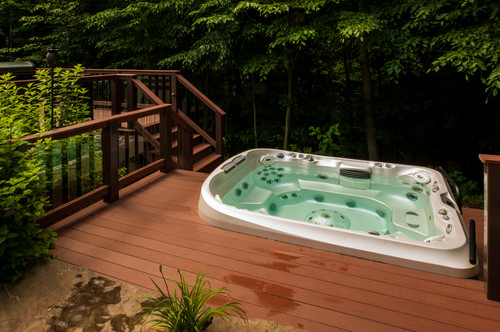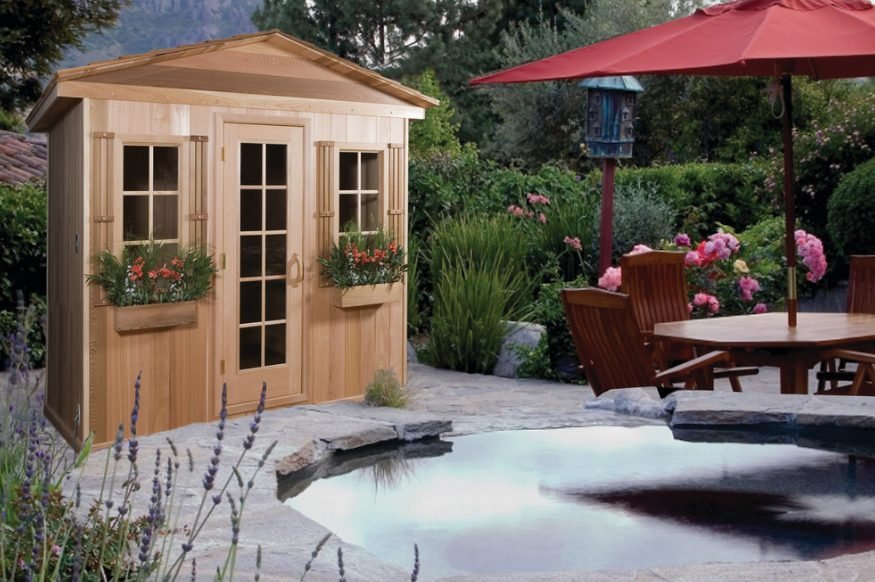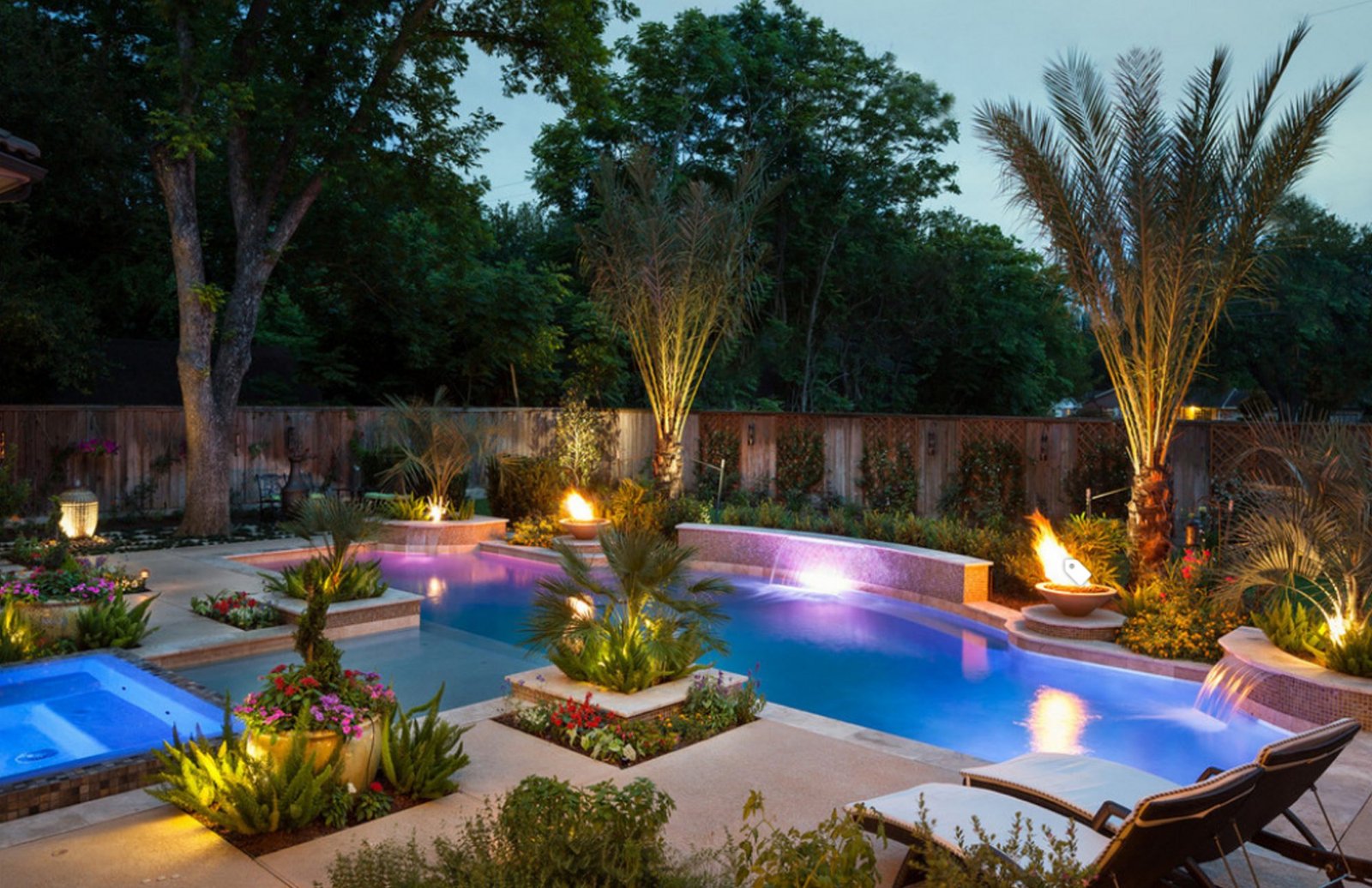Many people consider installing a hot tub, because a hot tub can be a relaxing addition to your backyard.
However, hot tubs are large, electrically complex systems and installing them can be difficult. First of all you should decide whether or not to hire a professional to install your hot tub. Many cities require that you have a building permit to install your new hot tub. Others require the electrical systems to be installed by a professional.

Photo by Bel Air Construction – Browse deck photos
Maybe, installation of a modern hot tub isn’t too difficult, because modern hot tubs tend to be self-contained, which means there is no plumbing involved in the setup. Even so, installing a hot tub requires planning and compliance with city codes.
Where to Place Your Hot Tub
Choose a location for your hot tub. Examine your city’s building code to ascertain how far away from your home you must place your hot tub. Many codes require at least 5 feet (1.5 m) of clearance between your home and the same amount from your property line.
Make sure the spot you choose is large enough for the hot tub as well as some extra leeway for getting in and out and performing maintenance. This can be a portion of level ground or, as many are now doing, you can install it right on to or into your deck.
High Quality Composite Materials for Your Deck (howtobuildahouseblog.com)
Prepare the Site
Installing the hot tub on a deck is a good choice because the deck is already level. It can be partially or fully recessed into the deck.
1. Hot tubs, when full, can weigh as much as 3,000 pounds (1,361 kg). The manufacturer of your spa can give you its filled weight. Remember to also add the weight of the occupants.
***So, if you plan a deck site, you must first determine the deck’s maximum load capacity. Consult with a qualified building contractor or structural engineer before placing your hot tub on an elevated deck.***
2. Measure the length and the width of your hot tub and add two feet all around to allow for the tub decking.
3. Multiply the length plus four feet by the width plus four feet to get the square footage required for your installation.
4. Do not place the tub near any overhead power lines and make sure that it meets all of the safety requirements.
Connecting your hot tub
1. From your junction box you have to run electrical wiring to the control box for the tub. The voltage of a hot tub is higher (usually around 240 volts) than regular home outlets, so you will need to install a breaker to your electrical control box. If you are not familiar with electrical systems, it is best to hire an electrician to assist you in this aspect of installation.
Warning: Your electrical systems must adhere to city codes and pass inspection. Do not wire your hot tub without studying the laws and performing necessary legal steps.
2. The next step is to do a thorough inspection of everything before you complete any landscaping and fill your hot tub. Also be sure to learn all that is involved in maintaining the hot tub, including the chemicals required to make it safe to use.


